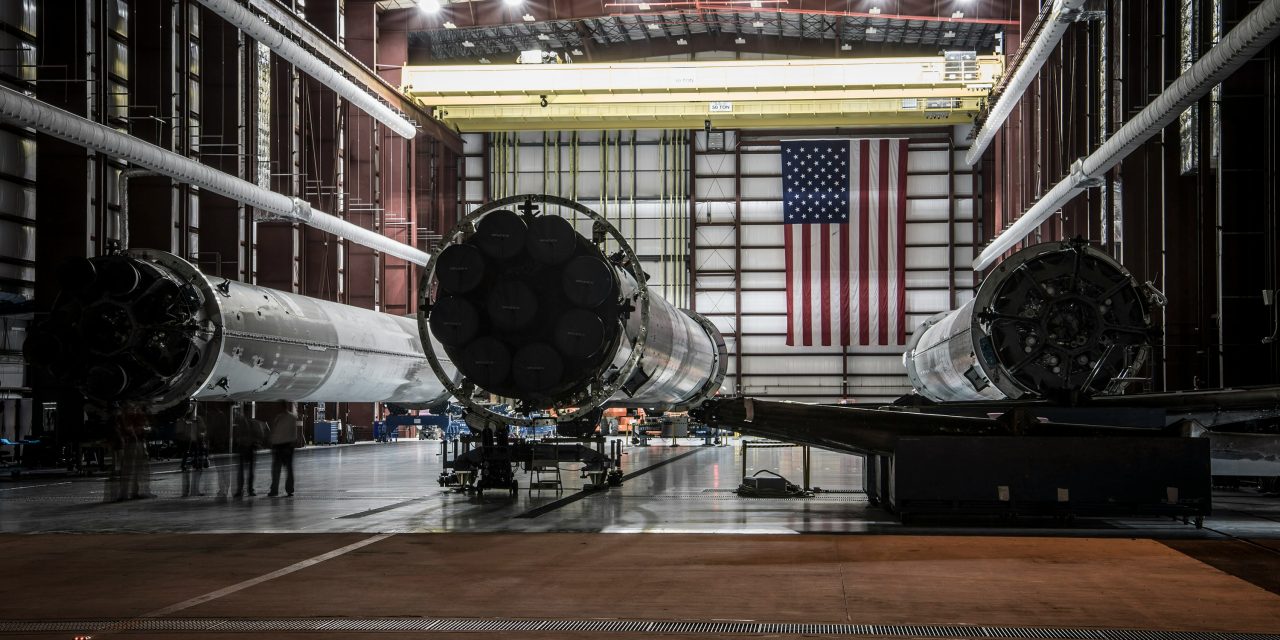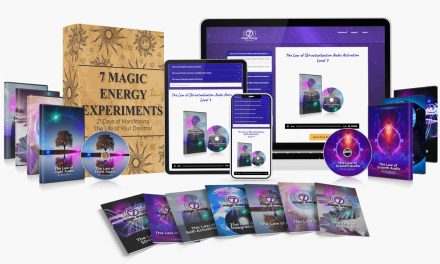The aerospace industry, a symbol of human ingenuity and endless curiosity, stands at the forefront of pushing technological boundaries. Yet, the path to innovation is not merely a product of bright ideas but often the result of rigorous and efficient testing. This blog delves into how efficient testing practices are fueling the future of aerospace, ensuring safety, reliability, and performance in an era where the sky is not the limit.
Simulating the Unimaginable
One of the most fascinating aspects of aerospace testing is the use of sophisticated simulations. These are not mere flights of fancy but are grounded in complex physics, enabling researchers to expose crafts and components to extreme conditions that mirror outer space or the upper atmosphere. These simulations are crucial in verifying designs and ensuring that they meet stringent standards under conditions that are otherwise impossible to replicate on Earth.
Speeding Toward the Future
Efficient testing methodologies also facilitate a faster turnaround from concept to launch. By streamlining testing processes and leveraging the latest in simulation technology, aerospace engineers can quickly iterate on designs and solutions, propelling the industry forward at an unprecedented pace. This agility is crucial in an ever-evolving sector, where adapting quickly to new challenges and opportunities is key to maintaining a competitive edge.
In the pursuit of even greater precision and flexibility in aerospace testing, the use of tools like the programmable power supply has become increasingly important. This technology allows engineers to tailor the power supply to the specific needs of each test, ensuring that complex electrical systems can be tested under a variety of conditions without the need for multiple, disparate power sources. This adaptability is crucial in an industry striving for peak performance and reliability.
The Catalyst of Innovation
Efficient testing in aerospace acts as the backbone of innovation. It ensures that aircraft, spacecraft, and their systems are not only visionary in design but also impeccable in function. Through a series of detailed evaluations, from material testing to simulated flight environments, engineers can predict and mitigate potential issues, thus fostering a culture of safety and reliability.
Emerging Technologies in Aerospace Testing
As technology continues to advance, the aerospace industry is adopting cutting-edge tools and methodologies in testing. Innovations such as AI-driven predictive analytics, and digital twins are revolutionizing the way aerospace systems are tested and optimized. These technologies allow for more precise testing outcomes and the ability to simulate scenarios with a level of detail and accuracy that was previously unattainable.
The Green Frontier
Efficiency in testing also opens avenues for sustainability within the aerospace industry. By optimizing testing processes and utilizing advanced simulations, it’s possible to significantly reduce resource consumption and waste. This not only aids in the development of more eco-friendly aircraft but also positions the aerospace sector as a leader in sustainable technological advancement.
Ensuring Safety Above All
Perhaps the most paramount aspect of efficient testing is its role in ensuring the safety of crew and passengers. Rigorous testing regimes help identify and address potential hazards, reducing the risks of accidents. In an industry where the stakes are incredibly high, the value of comprehensive testing cannot be overstated.
The Role of Data Analytics
In the era of big data, aerospace testing has also evolved to incorporate advanced data analytics. This enables engineers to glean insights from testing results with a precision that was previously unimaginable. Armed with this data, design and testing teams can make informed decisions swiftly, optimizing the performance and efficiency of aerospace systems.
Cybersecurity Challenges and Solutions
With the increasing digitization of aerospace systems, cybersecurity has become a pivotal area of focus in aerospace testing. Ensuring the security of these complex systems against cyber threats is paramount. Testing now includes rigorous security protocols and simulations to identify and mitigate vulnerabilities, ensuring safe and secure aerospace operations.
Collaborative Efforts Across the Globe
The future of aerospace testing is not just shaped by technological advancements but also by global collaboration. International partnerships are facilitating the sharing of knowledge, resources, and technologies, driving innovation at an even faster pace. These collaborations are paving the way for standardized testing procedures and shared safety protocols, enhancing the reliability and safety of aerospace technologies worldwide.
Conclusion
As we gaze toward the heavens, contemplating the future of aerospace, it’s clear that efficient testing will continue to play a pivotal role in shaping this future. From ensuring the safety and reliability of aerospace vehicles to enabling quicker innovation cycles and fostering sustainability, the impact of rigorous testing cannot be understated. The journey into the next frontier of space exploration and aviation will be powered by the relentless pursuit of excellence in testing, ensuring that humanity can soar higher, faster, and more safely than ever before.






Recent Comments